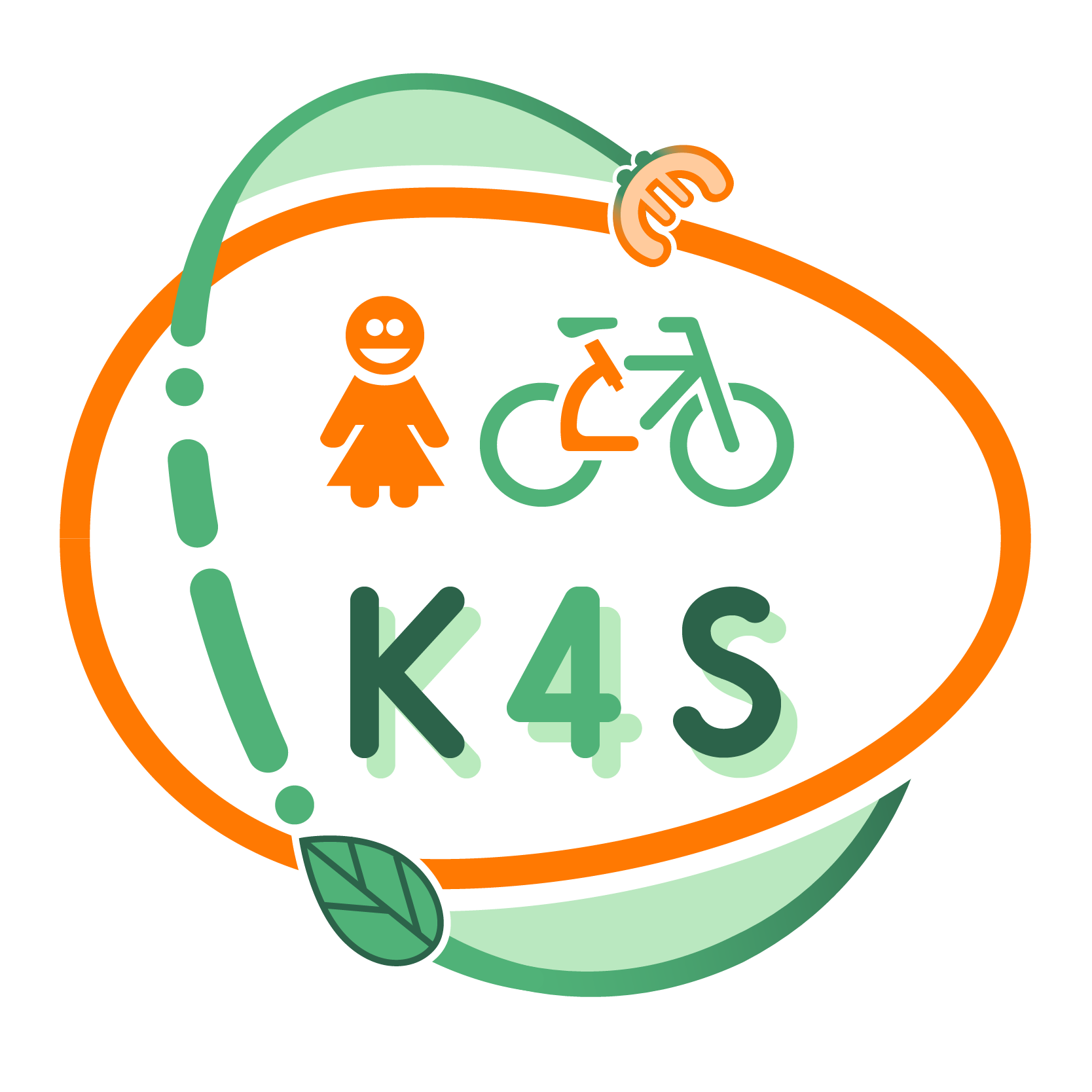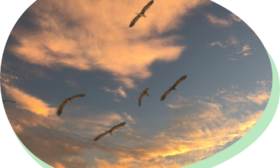LEARNING PATHWAY BASED ON SCIENTIFIC CONCEPTS
The Colors of Spring
Overall aims:
- Staying in the nature;
- Finding natural tools to achieve the activities’ goals;
- Interiorize the importance of recycling;
- Get in tune with nature;
- Knowing the animals that usually “love” the Spring;
- Respect the animals;
- Investigate how animals usually behave;
- Make observations and predictions;
- Make and taste hypotheses;
- Interiorize the importance of teamwork;
- Develop the value of patience.
Intended learning outcomes:
The child will be able to:
- Practice the ability to mentalize with animals;
- Know what animals usually “re-born” during Spring;
- Become more patient;
- Interiorize and become more able to recycle;
- Respect others, the animals, and the nature;
- Develop senses;
- Engage with nature;
- Act like a little scientist (make predictions, hypotheses, observations).
Evaluation:
Initial – ask children what they already know about Spring and the differences between Spring and the other seasons;
Formative – develop and use an observational template to assess the engagement of children during the activities;
Final – ask children to explain what they have understood about Spring (with the aid of paintings and collages).
Pathway structure:
The path is composed of 3 activities in total. A period of one week is foreseen to complete the entire learning pathway.
Stage I – Welcome back, Spring!
The first activity lets children “socialize” with Spring, know the differences between Spring and the other seasons, and engage with Spring discovering its restorativeness effects.
- Welcome back, Spring!– Getting to know the characteristics of spring, meditating, increasing awareness of one’s emotions
Stage II – The return of migratory birds
The second activity consists in building a small house for birds, providing them some food, and meeting them in a way that might be sustainable for birds (e.g., birds usually fly away when people come near).
- The return of migratory birds – Investigating how migratory birds act, building a little bird house, taking care of birds (giving them birdseed)
Stage III – The biodiversity in the garden
The third activity consists in observing, as a little scientist, what animals the footprints of the animals that frequent the school garden.
- The biodiversity in the garden – Observing, like a scientist, what animals the footprints of the animals that frequent the school garden







